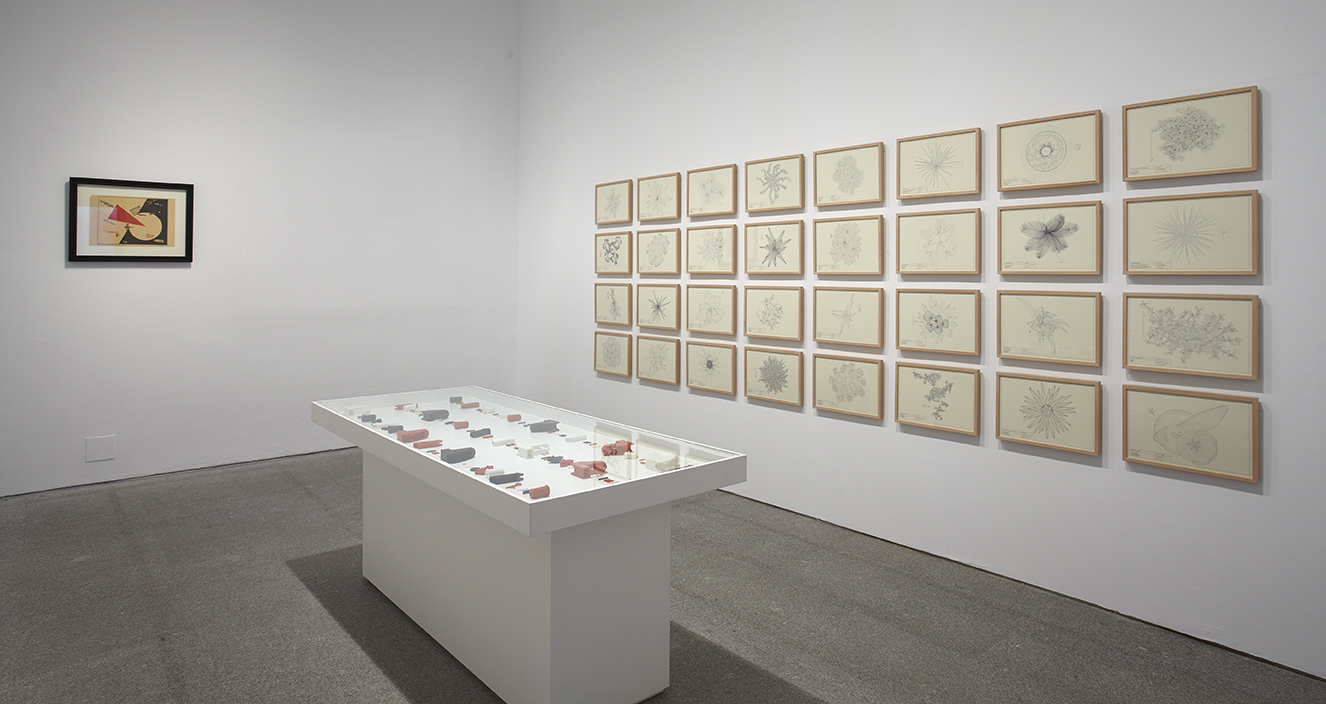Street Access Machine® (iSAM™), 1996
An anecdote told by a company representative has it that when TTTP
launched its advertising campaign for the iSAM—or Street Access
Machine—at a conference in Hamburg, the company was immediately
contacted by Apple. Surprisingly, Apple was not concerned that
the design of the product might infringe on one of its copyrights.
Instead, it expressed a strong interest in the wireless technology
inside iSAM. At the time the California company was promoting the
creative and democratizing potential of personal computer technology
in the name of dot.com capitalism. Blinded by the fantasy of
wireless handheld computers, Apple did not realize that iSAM was
a fictitious product and that the advertising campaign was a subversive
comment on the very ideology Apple was promoting. Contrary
to Apple’s argument, the iSAM demonstrated that personal computer
technology does not necessarily make for a more equal society. With
the billion-dollar business of Apple as an example, personal computer
technology is evidently involved in a new form of capitalism
that, like earlier forms of capitalism, produces social hierarchies,
including figures like the beggar. Whether the beggar who is able to
take credit card payments is a promising or tragic figure remains a
deliberately open question, but the work makes clear that beggars
remain beggars in the new economy.
The iSAM was one of several (fictive) products registered and promoted
by TTTP via posters, leaflets, and a video designed according
to common corporate aesthetics. Other products included Street
Access Machine, the Recovery Card, and the Personal Folkcomputer.
They demonstrated how corporate logic was appropriating the language
of democratization and creativity as the new means of reinforcing
its social and cultural control. At the same time, the products also
pointed out that the techno-gadget can be reimagined according to
truly progressive, democratic, and creative principles. TTTP’s products
encourage the public, as the rap group Public Enemy was saying
in the late 1980s, to “Don’t Believe the Hype” and to reconsider the
notion of “technologies to the people.”
The products also got the attention of the leftish German art
magazine Texte zur Kunst, which read the products at face value and
criticized them for presenting “technology as a means to abolish
social injustice, blindly believing in the progressive function of these
technologies.” The review reflected the deep fear of technology (as
an inherently capitalist machinery) that at least at the time was still
prevalent in left-wing politics. The products, however, point beyond
such traditional preconceptions or knee-jerk prejudices to suggest
that technology can be appropriated by and for the people.

